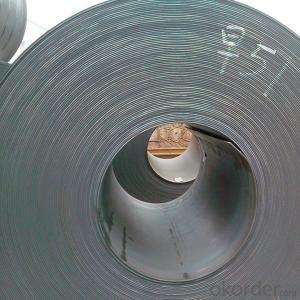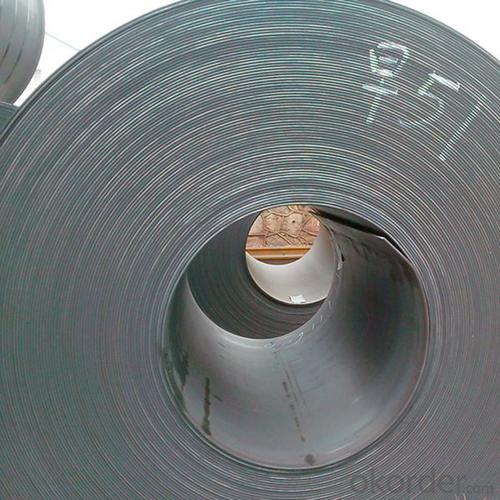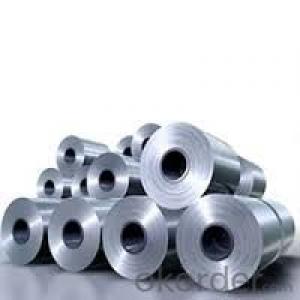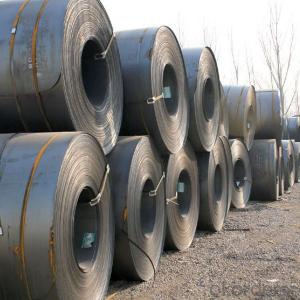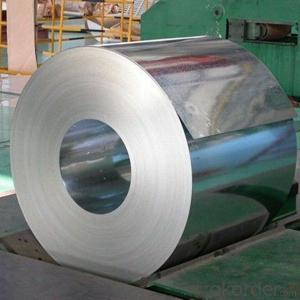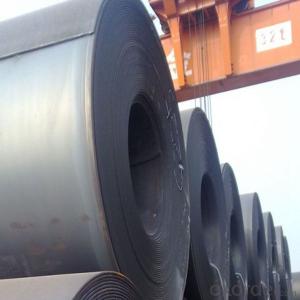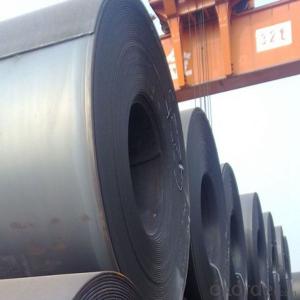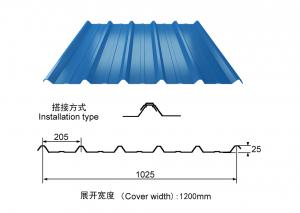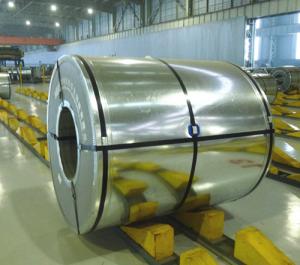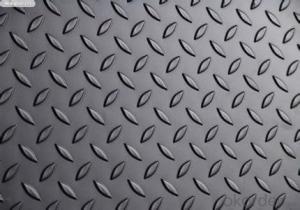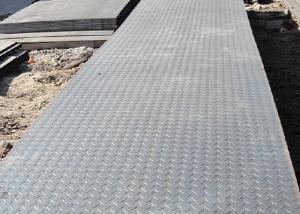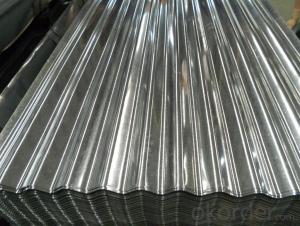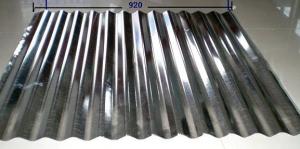Cold Rolled Plate Steel,Hot Rolled Steel Plate,Steel Coils
- Loading Port:
- Tianjin
- Payment Terms:
- TT OR LC
- Min Order Qty:
- 28 m.t.
- Supply Capability:
- 500 m.t./month
OKorder Service Pledge
OKorder Financial Service
You Might Also Like
Specification
DESCRIPTION FOR SS400 CARBON STEEL SHEET
1.Thickness: 1-200mm
2.Width: 100-3000mm
3.Length: 1000-12000mm
4. Applications :mining machinery, environmental protection, engineering
5. Grade:SS400 A 36 Q195.Q235.Q345.SPCC.SPCH
6.Surface : Hot Rolled Cold Rolled Galvanized Steel
DESCRIPTION FOR CARBON STEEL PLATE
Production | hot rolled steel coils ss400 |
Port | Tianjin, China |
Category | Minerals & metallurgy |
Thickness | 1.8-16mm |
Width | 1000-1500mm |
Coil Weight | about 23 tons |
Material Grade | SS400\Q235\Q345B |
Technique | Hot Rolled |
Standard | GB ,JIS |
Test | With Hydraulic Testing, Eddy Current , Infrared Test |
Surface | 1) Bared 2) Black Painted (varnish coating) 3) Galvanized 4) Oiled |
Package | in bundles, strapped by strips. Or as customer’s requirement |
Sample | Common products, we can provide freely, for special production,we can depends on negotiation. |
MOQ | 50 tons |
Payment | 100% L/C at sight, 30% T/T in advance, and the balance against the copy of B/L or negotiation |
Delivery time | Within 10-25 days, according to quantity, asap save customer’s time |
Certificate | ISO |
PACKAGING &DELIVERY FOR STEEL COILS/SHEETS
Packaging Detail | Standard export packing or following customer's demand |
Delivery Time | Within 30-40 days after deposit or according to the order quantity |
TRADE TERMS :FOB, CFR, CIF
FEATURES OF STEEL COILS
(1)Good ductility
(2)Good corrosion resistance
(3)Excellent abrasion resistance and fatigue strength
(4)Good weldability
(5)Oxidation resistant performance
(6)Excellent in high temperature
PAYMENT&DELIVERY FOR STEEL COILS/SHEETS
Payment Terms | 100% LC at sight,or 30%TT in advance, balance against B/L copy |
Delivery Time | With 30-40 days after deposit |
Price Terms | Ex-Work, FOB, CNF, CFR, CIF,etc |
DETAILED PICTURES FOR STEEL COILS


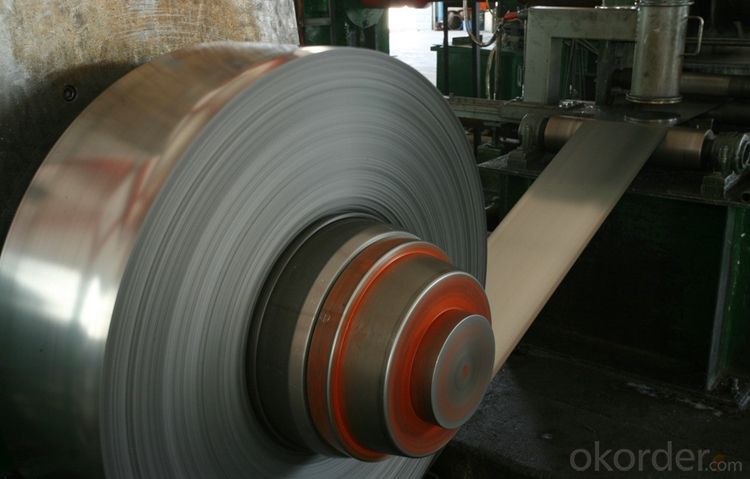
OUR SERVICE
1.High quanlity and reasonable price.
2.Customized on-demand.
3.Reasonable shipping and fast delivery.
4.Free sample.
FAQ
Q:How to order?
A: Please send us your purchase order by email or fax .or you can ask us to send you a proforma invoice for your order .We need to know the following information for your order.
1) Shipping information-company name, street address, phone number, fax number, destination sea port
2) Product information – Quantity, Specification (steel type, thickness, width, surface finish)
3) Delivery time required
4) Forwarder's contact details if there's any in China
- Q: Do the steel sheets come in different finishes?
- Indeed, steel sheets are available in various finishes. Among the most frequently used finishes for steel sheets are brushed, polished, matte, satin, and textured. These finishes are attained through diverse methods, including grinding, sanding, or applying chemical treatments. The preferred finish is contingent upon the desired visual appeal, functionality, and intended purpose of the steel sheet. Diverse finishes can offer distinct degrees of luster, sleekness, or texture, thereby enabling customization and adaptability across a range of applications, including architectural, automotive, and industrial sectors.
- Q: How do you repair damaged steel sheets?
- To repair damaged steel sheets, the process typically involves identifying the extent of the damage, cleaning the affected area, and then either welding or patching the damaged section. Welding is commonly used for minor damages, while patching with epoxy or steel patches is suitable for more significant damage. Additionally, proper surface preparation, such as sanding or grinding, is crucial before applying any repair method to ensure a successful and durable repair of the steel sheets.
- Q: What are the different types of steel sheet surface coatings for corrosion resistance?
- There are several types of steel sheet surface coatings available for corrosion resistance, including galvanized coatings, zinc-rich coatings, aluminum coatings, and organic coatings such as paint or epoxy. Each coating offers unique benefits and application suitability depending on the specific requirements and environmental conditions.
- Q: What is the difference between a brushed and polished steel sheet?
- A brushed steel sheet has a textured surface created by brushing the steel with a fine abrasive material, while a polished steel sheet has a smooth and reflective surface achieved by polishing the steel to a high shine.
- Q: Can steel sheets be used for water treatment facilities?
- Yes, steel sheets can be used for water treatment facilities. Steel is a commonly used material in the construction of water treatment facilities due to its durability, strength, and resistance to corrosion. It is often employed in the fabrication of tanks, pipelines, and other infrastructure components used in water treatment processes.
- Q: Are steel sheets suitable for electrical grounding applications?
- Yes, steel sheets are suitable for electrical grounding applications. Steel is a good conductor of electricity and can effectively dissipate any electrical charges, making it an ideal material for grounding purposes.
- Q: What is the average lifespan of galvanized steel sheets?
- The lifespan of galvanized steel sheets can vary due to several factors, including the environment, maintenance, and usage. Typically, galvanized steel sheets last between 20 and 50 years. However, with proper care, regular inspections, and maintenance practices, this lifespan can be extended. Galvanized steel sheets are renowned for their durability and resistance to corrosion, which contributes to their relatively long lifespan. Nevertheless, exposure to harsh weather conditions, extreme temperatures, and corrosive substances can impact the longevity of galvanized steel sheets. Therefore, it is crucial to consider these factors and implement appropriate maintenance measures to ensure the maximum lifespan of galvanized steel sheets.
- Q: Can steel sheets be used for shipbuilding?
- Yes, steel sheets can be used for shipbuilding. Steel is a popular material choice for shipbuilding due to its strength, durability, and ability to withstand harsh marine environments. Steel sheets are commonly used to construct the hull, decks, and various structural components of ships.
- Q: What is the typical yield strength of steel sheets?
- The typical yield strength of steel sheets can vary depending on the grade and type of steel being used. However, for mild steel sheets commonly used in construction and manufacturing, the typical yield strength is around 250 megapascals (MPa) or 36,000 pounds per square inch (psi). Higher strength steels, such as high-strength low-alloy (HSLA) steels or advanced high-strength steels (AHSS), can have yield strengths ranging from 300 to 600 MPa (43,500 to 87,000 psi) or even higher. It is important to note that these values are general estimates and specific steel grades may have slightly different yield strengths.
- Q: Can the steel sheets be used for skylights or roof windows?
- Certainly, skylights or roof windows can make use of steel sheets. Steel, being a resilient and robust substance, is capable of enduring diverse weather circumstances, thus rendering it appropriate for such purposes. Moreover, steel sheets may be crafted and tailored to satisfy the particular specifications of skylights or roof windows. By installing them, one can avail oneself of both natural light and ventilation while simultaneously upholding the building's structural integrity. However, it is vital to guarantee adequate insulation and glazing in order to avert any heat loss or gain and to maximize energy efficiency.
Send your message to us
Cold Rolled Plate Steel,Hot Rolled Steel Plate,Steel Coils
- Loading Port:
- Tianjin
- Payment Terms:
- TT OR LC
- Min Order Qty:
- 28 m.t.
- Supply Capability:
- 500 m.t./month
OKorder Service Pledge
OKorder Financial Service
Similar products
Hot products
Hot Searches
Related keywords
